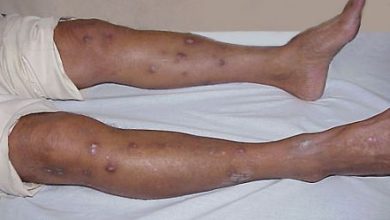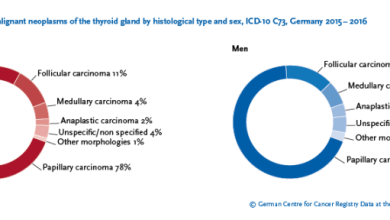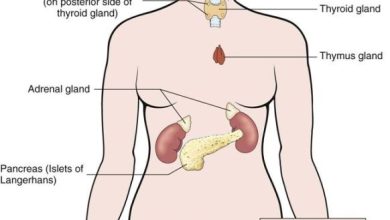Aortic Stenosis ICD-10: Diagnosis And Treatment Guidelines
Unlocking the Code: Aortic Stenosis ICD-10
When it comes to the diagnosis and treatment of aortic stenosis, understanding the ICD-10 code is essential. Aortic stenosis is a condition where the heart’s aortic valve narrows, causing the heart to work harder to pump blood throughout the body. This can lead to symptoms such as chest pain, shortness of breath, and fatigue.
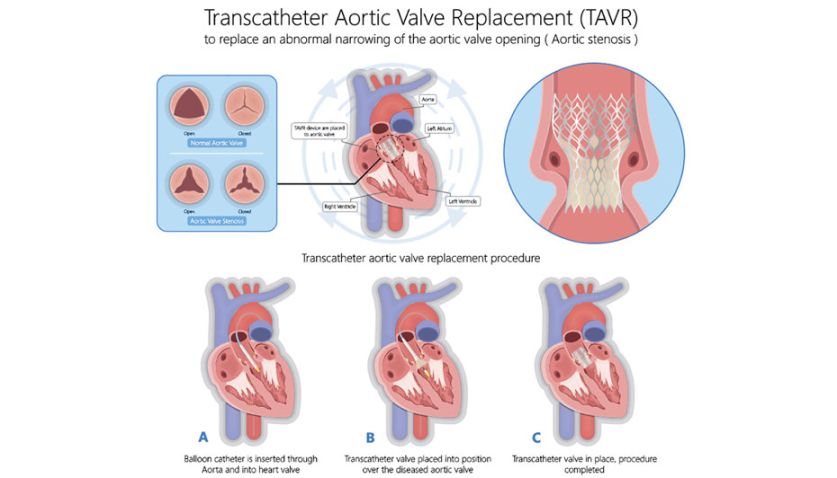
The ICD-10 code for aortic stenosis is I35.0, which falls under the category of nonrheumatic aortic valve disorders. This specific code helps healthcare providers accurately diagnose and track the progression of aortic stenosis in patients.
Diagnosis of aortic stenosis typically involves a thorough medical history, physical examination, and diagnostic tests such as echocardiography, electrocardiography, and cardiac catheterization. Once a diagnosis is confirmed, treatment guidelines can be implemented to help manage the condition and improve the patient’s quality of life.
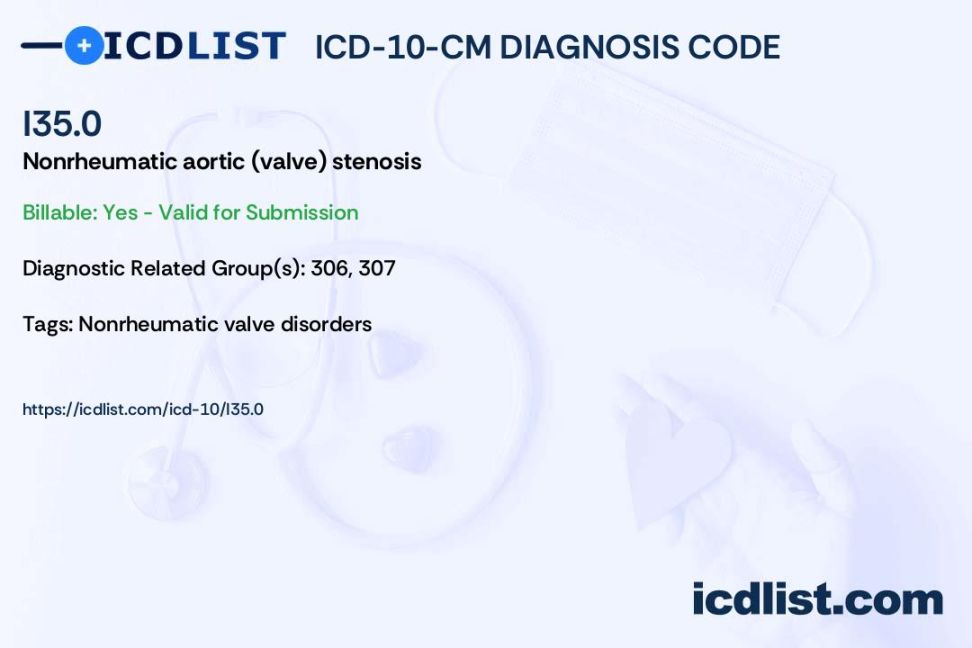
Treatment for aortic stenosis may vary depending on the severity of the condition. In mild cases, monitoring the condition through regular check-ups and lifestyle modifications such as maintaining a healthy diet and exercise routine may be sufficient. However, in more severe cases, medical intervention or surgical procedures may be necessary.
One of the most common surgical treatments for aortic stenosis is aortic valve replacement. This procedure involves replacing the narrowed or damaged aortic valve with either a mechanical or biological valve to improve blood flow and reduce symptoms. Other treatment options may include medication to manage symptoms and complications associated with aortic stenosis.
In addition to medical interventions, lifestyle modifications can play a significant role in managing aortic stenosis. Maintaining a healthy diet that is low in saturated fats and cholesterol can help reduce the risk of further heart complications. Regular exercise can also improve heart health and overall well-being.
It is important for patients with aortic stenosis to work closely with their healthcare providers to develop a personalized treatment plan that meets their individual needs and preferences. By following treatment guidelines and making positive lifestyle changes, patients can effectively manage their condition and improve their quality of life.
In conclusion, understanding the ICD-10 code for aortic stenosis is crucial in the diagnosis and treatment of this condition. By working closely with healthcare providers and following treatment guidelines, patients can effectively manage aortic stenosis and live a healthy and fulfilling life.




